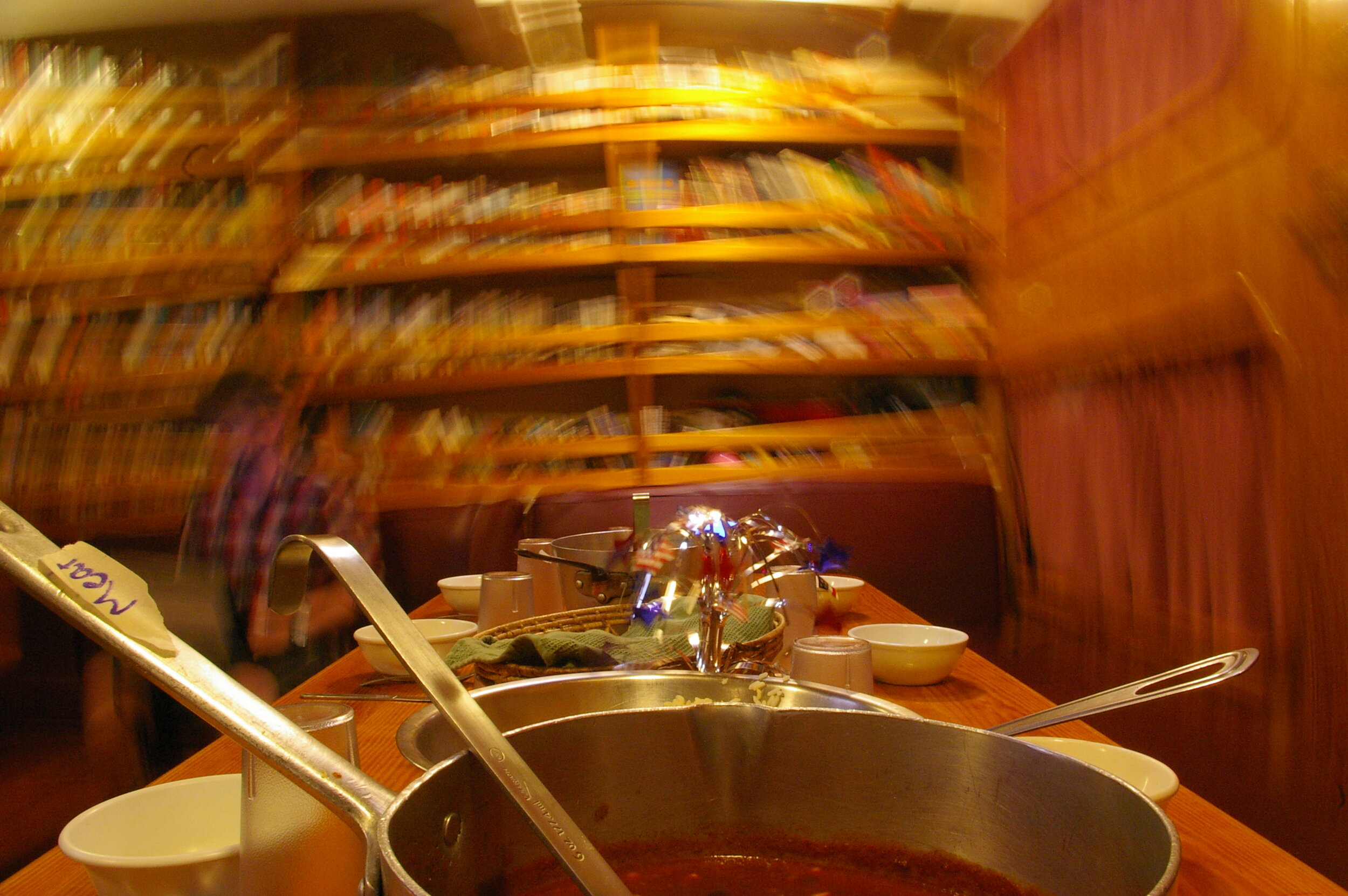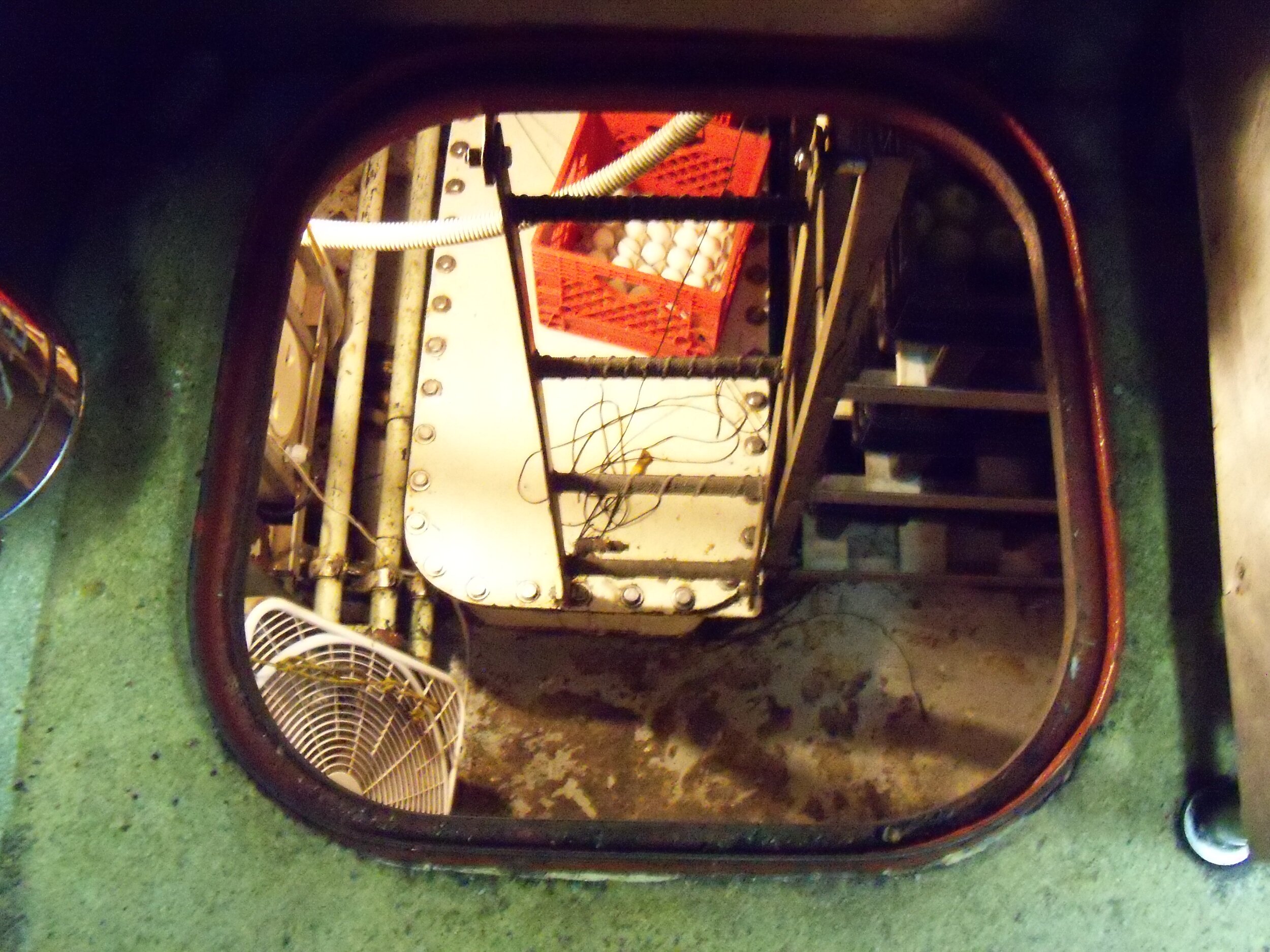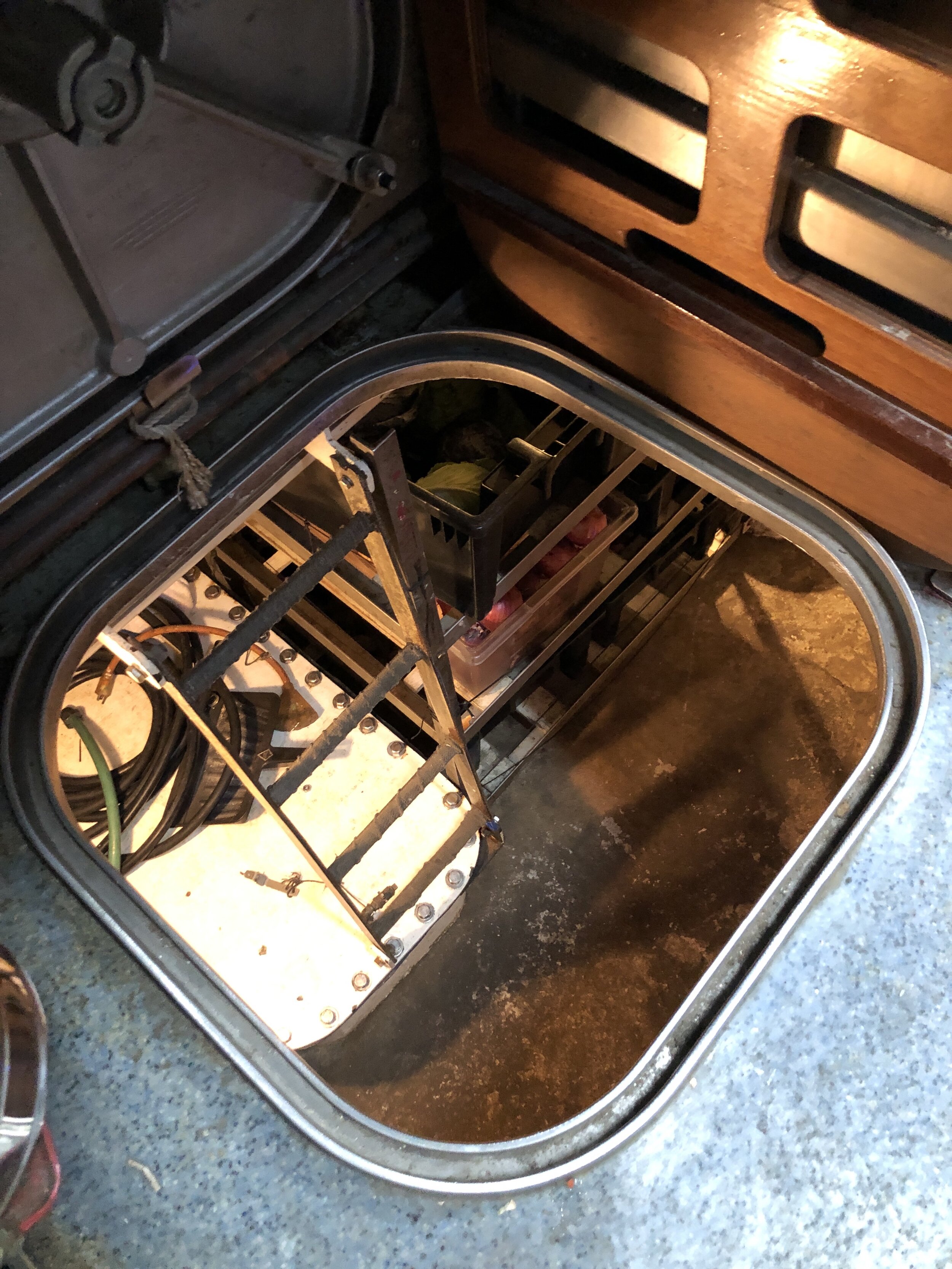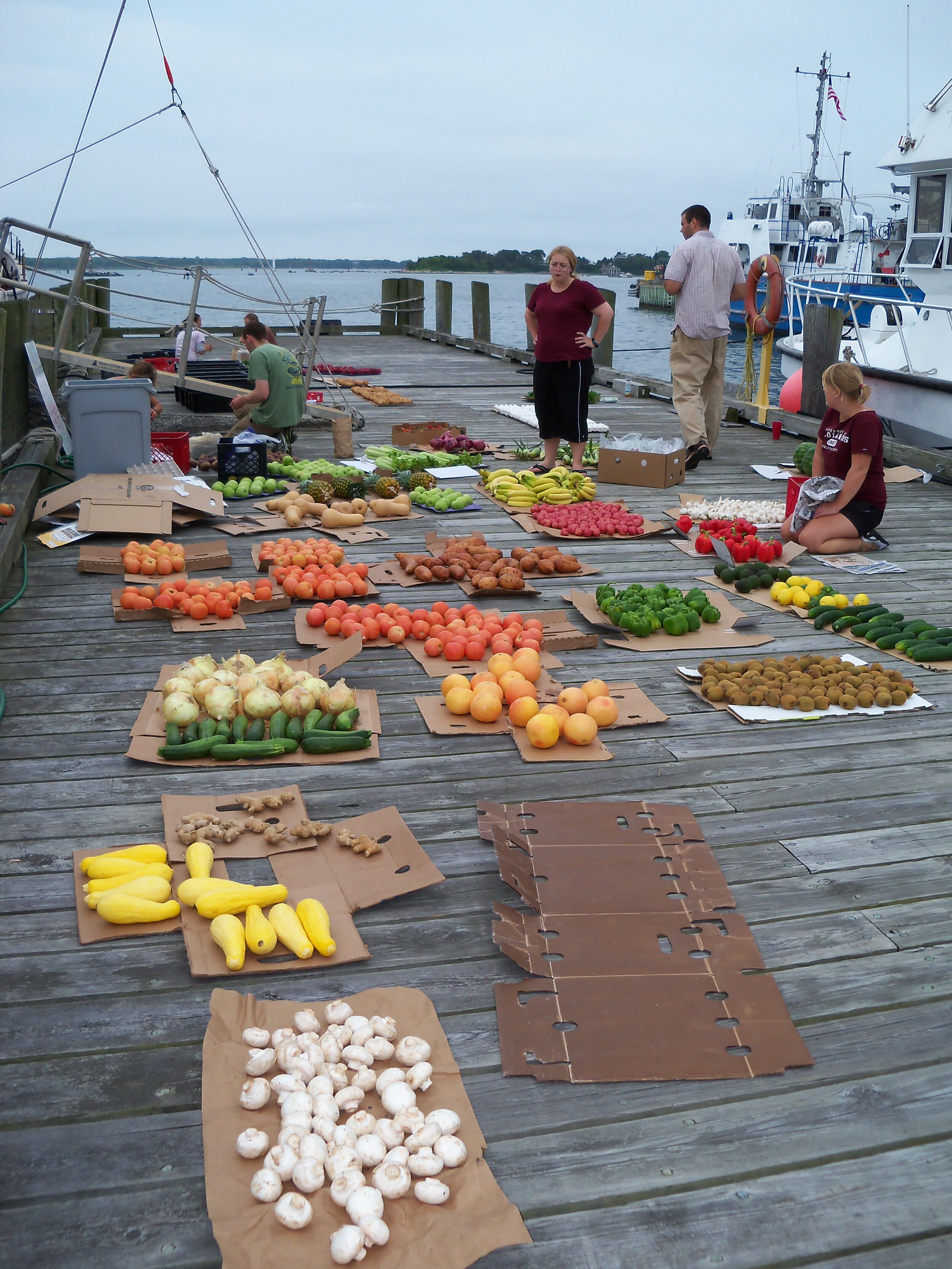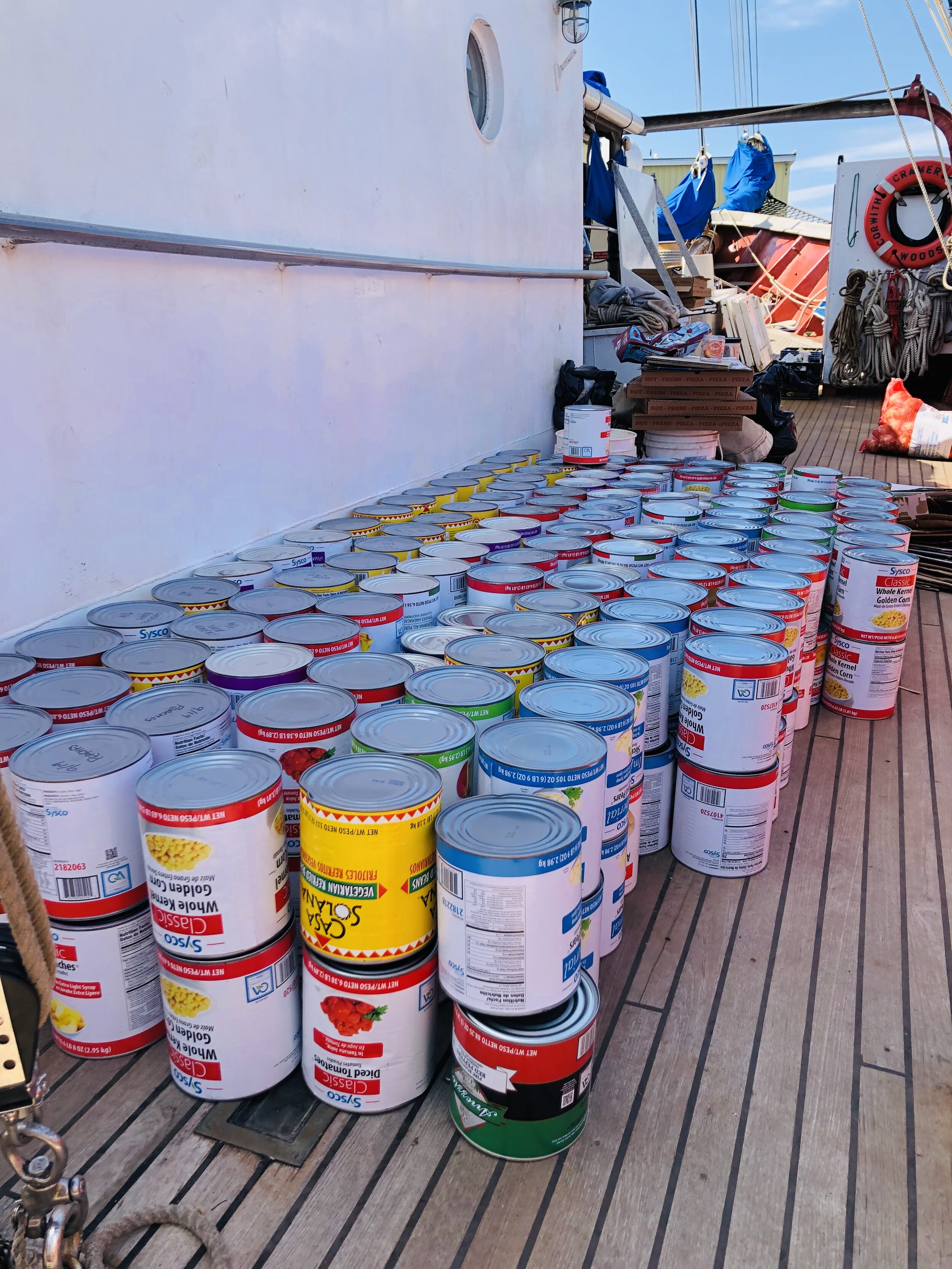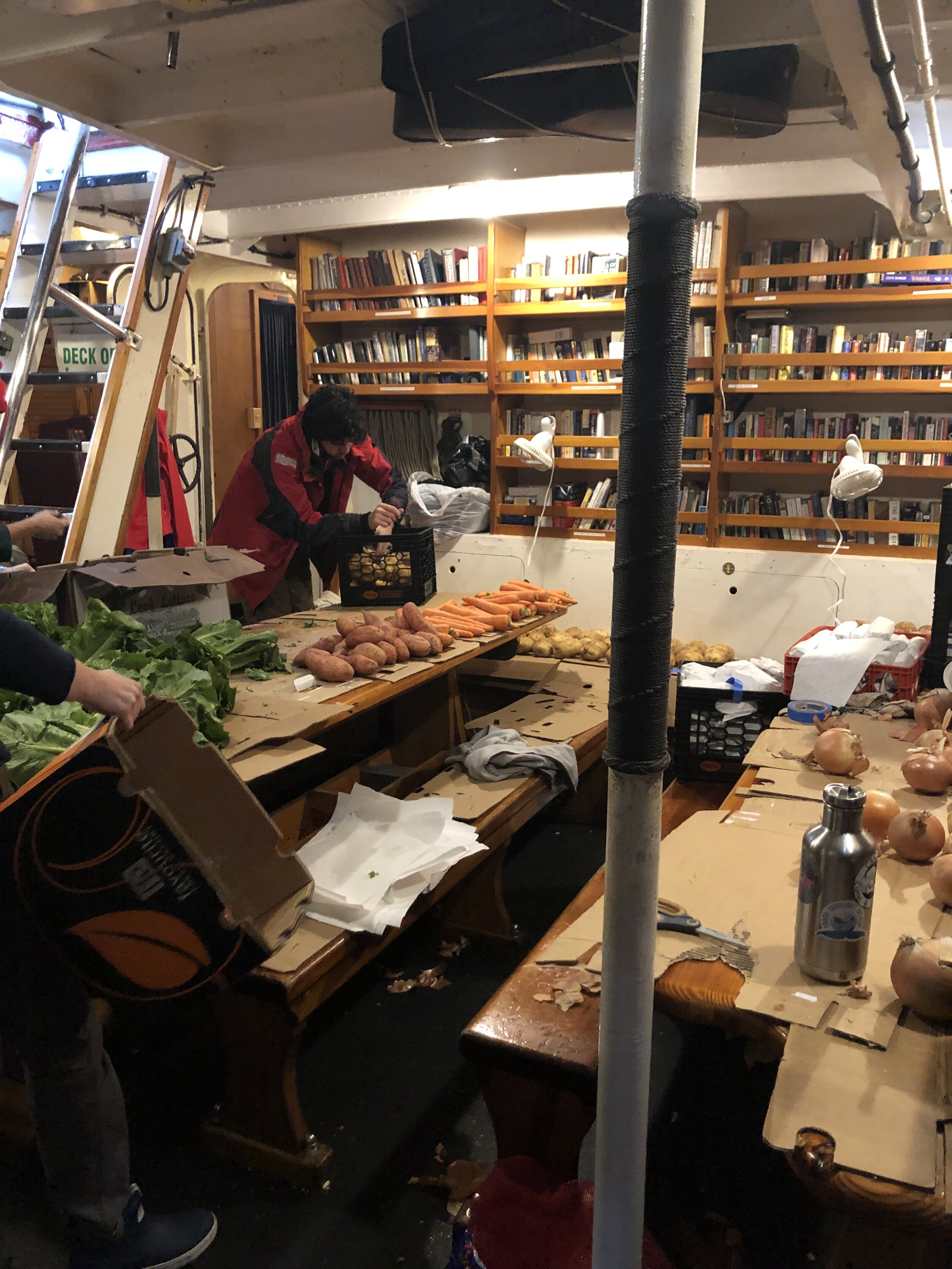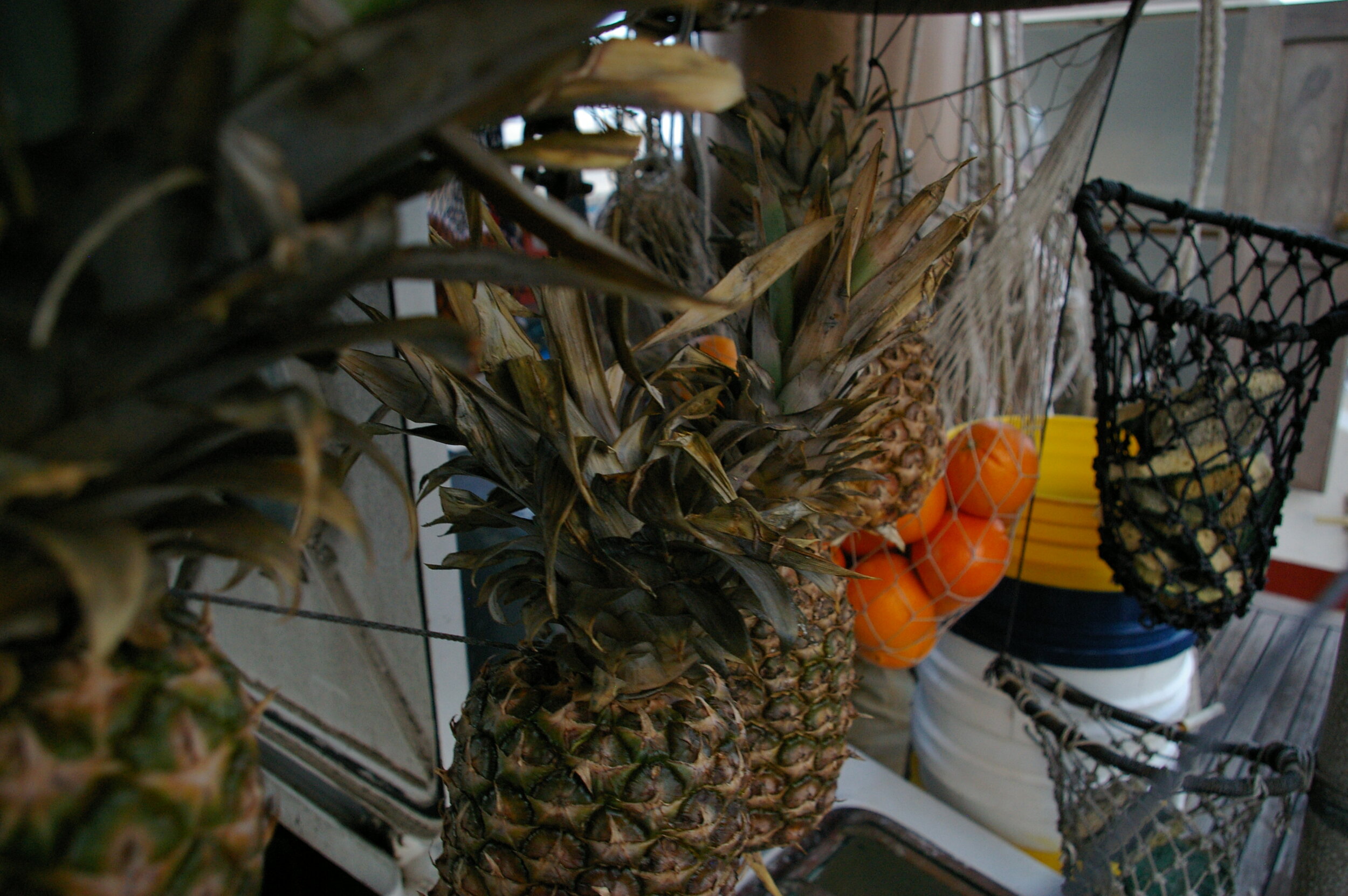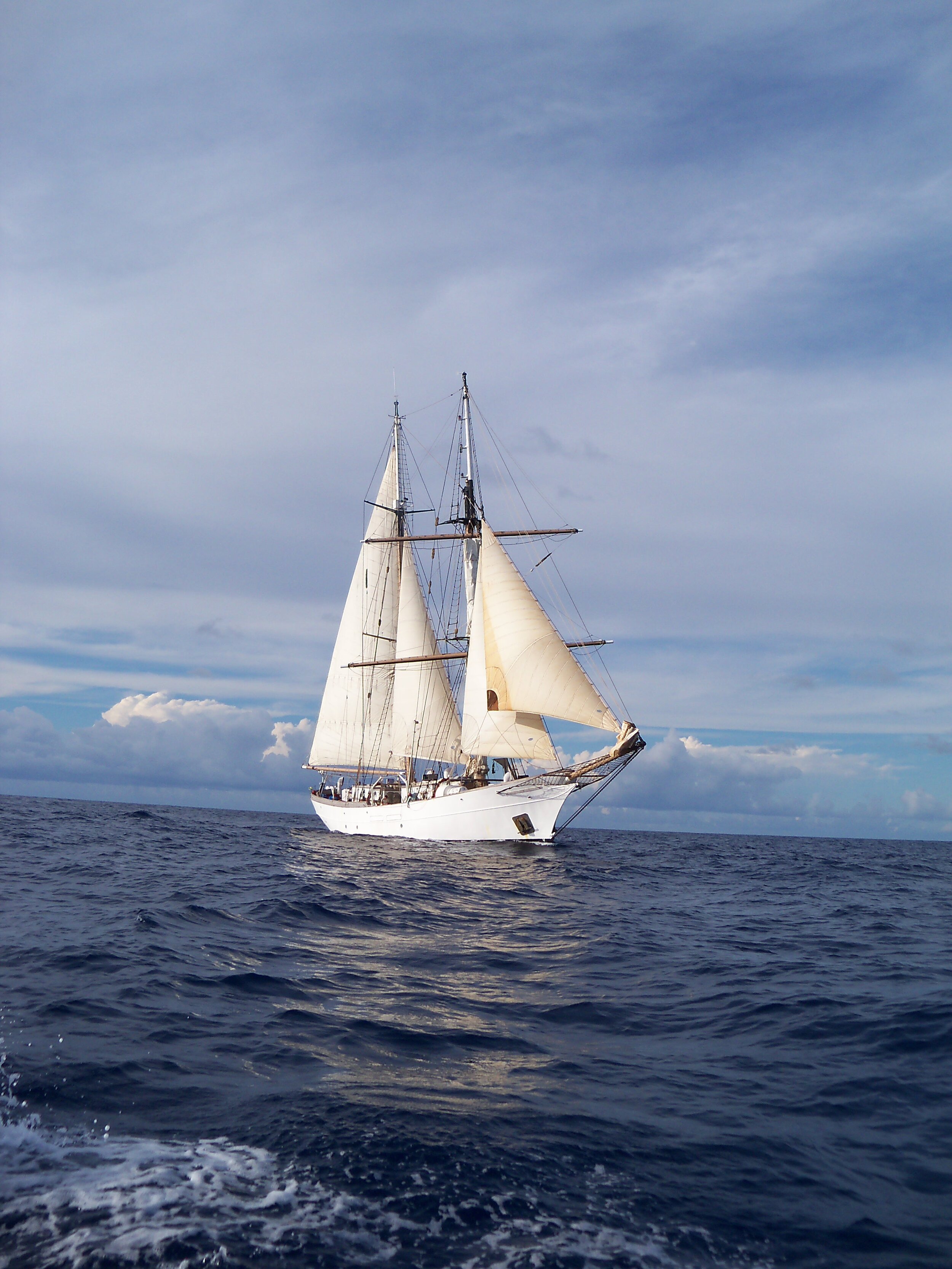Honey Nut Chocolate Fudge Bars
Snack’s up! This is what I say every day, twice a day, when I am at sea. My post-caregiving life has me back out to sea cooking for sailors rather than seniors and as a chef who has now cooked for both demographics, I never would’ve thought “snack” would be such a big part of adult life? Seniors are notorious for having a sweet tooth, and well sailors? They are just starving individuals, weathered by the elements and craving an energy boost.
After crew members have been standing watch in the blazing sun for hours on end, it’s no surprise they are obsessed with snack. The thing with snacks though is they’re strategically timed between meals to give the “on” Watch some energy, helping to keep them alert until they turn over their shift. That shakes out to three snacks a day: morning, afternoon, and midnight snack which is affectionately called “mid-rats”. I know that sounds like a LOT of snacks and on occasion it can feel that way from the galley’s perspective but generally speaking, a snack is just a snack. It’s not a meal and not something you would intend to get full on. It’s just a little something to tide a sailor over until the meal bell rings. I like to approach the three snacks as follows:
Something fresh
Something savory
Something sweet
Typically I stick with the fresh item in the mornings which is often sliced fruit or something of the sort. The afternoon snack might be a savory cheese board or chips and salsa, fresh bread rolls, etc. The sweet item is often the midnight snack. Whereas morning and afternoon snack I deliver I deck, midnight snack is organized in containers for each Watch, allowing the crew to fetch theirs when they need it. Watch rotations occur during the night so having something accessible is key. Often times that’s in the form of baked goods like cookies, brownies, muffins, rolls, etc. As the steward/cook, I get to decide what that looks like and have discovered a few favorites along the way. These Honey Nut Chocolate Fudge Bars are always a hit so I thought I would share the recipe with you!
First I should say that these definitely fall into the sweet category but these would be an afternoon snack and not something I prepare for mid-rats. That’s because they are made with coconut oil and are best stored in the fridge to keep from getting melty. This should be no problem for all you home cooks. If your household doesn’t eat them all immediately, just keep them in an air tight container taking one out when you need a chocolate fix. Here’s the recipe:
Ingredients:
- 2 oz chocolate chips
- 1/2 cup cashews or almonds
- 1/3 cup cocoa powder + more for dusting the top
- 1/3 cup honey + 1 tbsp
- 1/4 cup coconut oil
- 1 tsp vanilla
- 1/2 cup rice crispies
- pinch of salt
Directions
- Line a bread pan with parchment paper and then top it with the chocolate chips.
- In a food processor combine the cocoa powder and nuts, and pulse to combine until you have a course sand like consistancy.
- In a medium sized pot, heat the honey and oil until it gently boils.
- Remove from heat and add the vanilla and mix.
- Add the nut mixture along with the rice crispies and stir in the pot to combine.
- Gently pour the mixture into the bread pan over the chocolate chips.
- Let cool for an hour in the fridge and the remove and dust the top with cocoa powder.
- Remove the parchment from the pan and cut the block of chocolate into bars.
- Serve immediately or store in an air tight container in the fridge.
Enjoy mates!
*If you wanted to make these for seniors rather than sailors I would pay attention to the nuts. As I mention in the recipe, you can pulse them until you have a sand like consistency. In the ones I created above, I left the nuts a little chunky. Seniors with sensitive teeth might prefer the nuts ground more so really pulse them in the food processor. You don’t want to pulse the mix into a paste but elderly individuals might prefer a little less nut texture than than the the bars photographed above.


